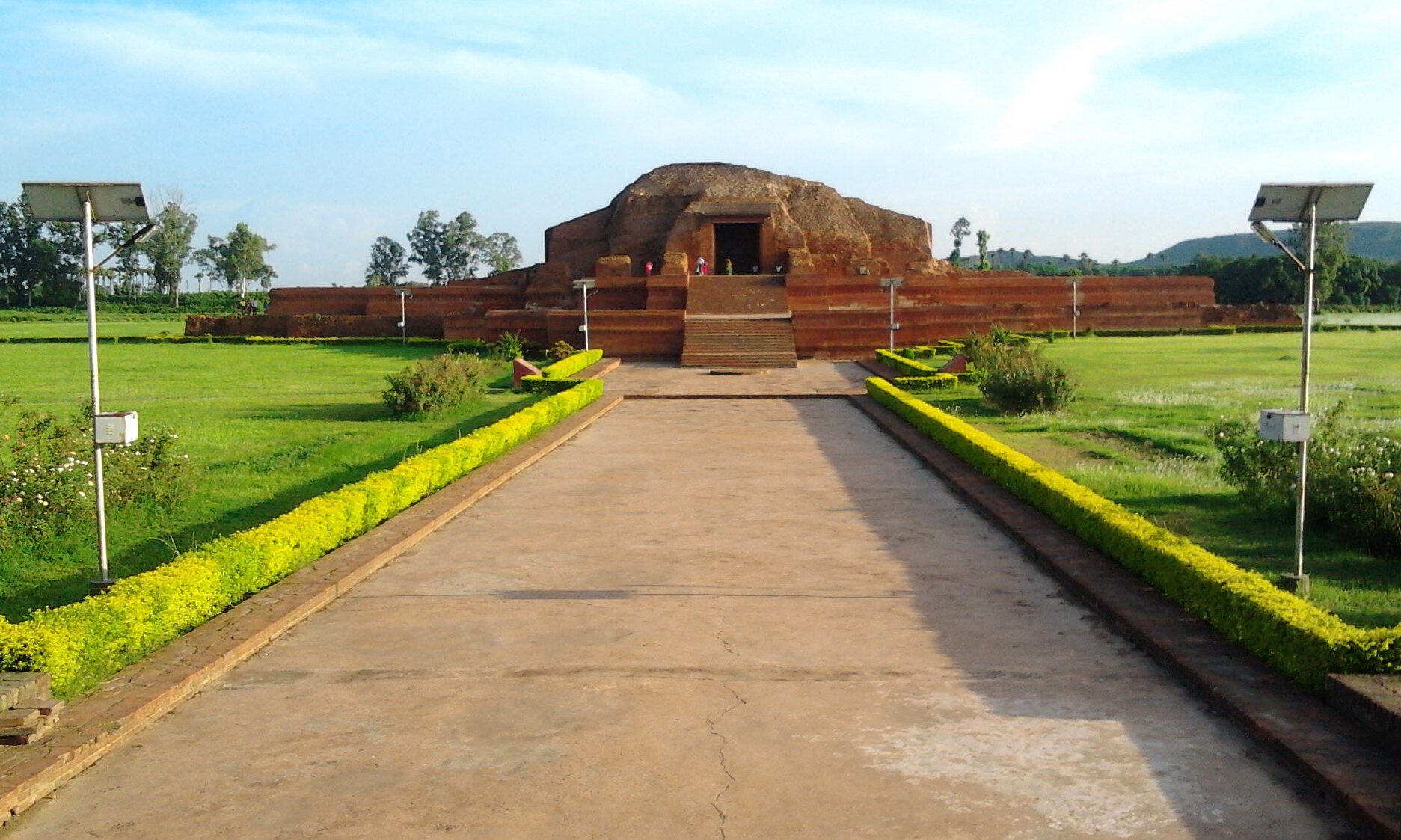Though there are many festivals that are celebrated by the Hindus of Bihar, but there is one Hindu festival that is uniquely Bihari, and that is the festival of Chhath. Observed mostly by the people of North Bihar, it is dedicated to the worship of the Sun God and therefore, is also known as SuryaShashti. Chhath is considered to be a means to thank the Sun for bestowing the bounties of life on earth, as also for fulfilling particular wishes.
The word Chhath denotes the number six and thus the festival begins on the sixth day of the Hindu month of Kartik in the Hindu lunar calendar, corresponding to late October and mid November, i.e. on 6th day after Deepawali, depending on the year. It is one of the holiest festivals for Biharis and extends for four days.
Chhattha, the festival of the sixth day after Diwali is observed with great pomp and show. On this occasion the longest of all fasts is observed by the people, especially women, who before breaking it offer cow’s milk, coconut and other fruits to the sun god. All the women, old and young, go singing together to the nearby river ghats or ponds and offer homage to the setting sun in the evening and to the rising sun in the morning of the day following.Beliefs :
There is a popular belief that all the desires of the devotees are always fulfilled during Chhath. Also, an element of fear is present among the devotees who dread the punishment for any misdeed during Chhath. The city remains safe and experiences peace during this time when criminals too prefer to be a part of the good.
The Days Of Festivity :
The festival of Chhath is unique to Bihar and is marked by 4 day long celebrations and rituals.
Day 1:
To wash away their sins, the devotees take a dip, preferably in the holy river Ganges and bring the river water to prepare the offerings.
Day 2:
The devotees observe a fast for the whole day, which is broken in late evening, after performing worship at home. The offerings – typically a porridge of rice, puris (deep-fried puffs of wheat flour) and bananas – are distributed among family and visiting friends and relatives.
Day 3:
It is spent preparing the offerings at home during the day. In the evening the devotees move to a riverbank or a pond. There, the offerings are made to the setting sun. At nightfall, the devotees along with the family and friends return home where another colorful celebration takes place. Under a canopy of sugar cane sticks, clay elephants containing earthen lamps, and containers full of the offerings, are placed. There the fire god is worshipped.
Day 4:
On the final day of the festivities of the grand festival, again the devotees, family and friends, move to the riverbank. Offerings are made to the rising sun, this time. At the completion of the offerings, there is great celebration. The devotees break their fast and the rich offerings are made to all the people around.
The Festivities And The Rituals :
Chhath is a very joyous and colorful festival. All the people dress up in their best and new clothes are a must. Clothes have to be unstitched and people sleep on the floor. Loud and devotional music reverberates in the air, purifying the whole atmosphere. Folk songs are sung both at home and on
the riverbank. Millions of people throng the banks of river Ganges, In Patna. All the people are busy merry making. The streets are kept spotlessly clean by bands of volunteers, who also decorate all streets leading to the river with colorful festoons, ribbons, and banners.
The offerings of deep fried and sweet rolls of stone ground wheat flour, grapefruit, whole coconuts, bananas, and grains of lentils are also very peculiar. These items are contained in small, semicircular pans woven out of bamboo strips.
Strict saltless vegetarian menu is observed (even onions and garlic are considered unwanted during the entire festival period), all earthen vessels are reserved for the period only and all possible purity of food is adhered to.
The Places Of Activity :
Renowned for their sun temples, Deo in Aurangabad and Baragaon near Nalanda, are abuzz with activity. These are the places where the Chhath in Bihar can best be seen. The temple at Deo faces west, unlike other sun temples in India that face East, and during the festival time it is the most crowded place. Forgetting all the barriers of caste, creed and colour, all the devotees throng the banks of the river to offer their prayers to the Sun god.
Bringing to the fore the jubilation and festive gaiety of the people of Bihar that transcends all the artificial social and economic barriers, the festival is more of a sacrifice which entails purificatory preparation.
The people of Ang – Pradesh have immense faith in this festival. It is celebrated twice a year. Once in Chaitra (according to the Hindu calendar) which falls in March and in Kartik which falls in November. For this 4-day festival, people maintain sanctity and purity from even a month ahead.
People celebrate this festival with immense faith the folk songs sung in the honour of Surya Dev and Chatti Maiyya can be heard at every nook and corner the sweetness of the songs lets you feel the holiness of the festival.
Women fast for the good of their family and the society. Regardless of the social status, to celebrate this festival only the faith counts. Though it is a festival of the Hindus, some of the Muslims also participate actively in the puja.
Dedicated to
Sun God
Held in
October-November
Period Of Celebration
4 days



















